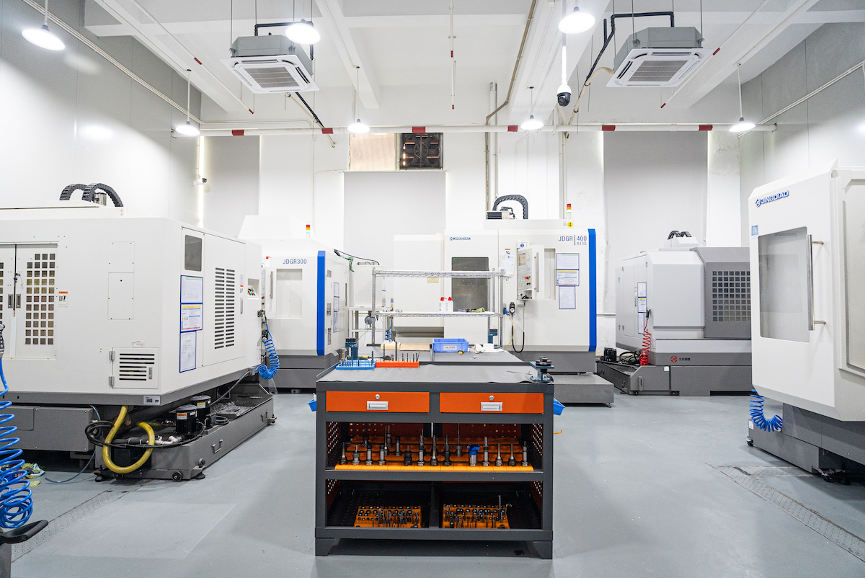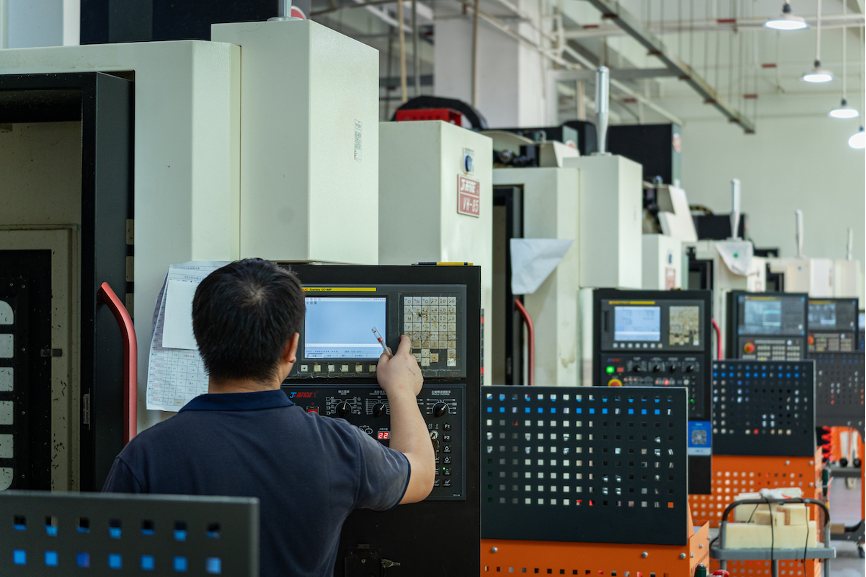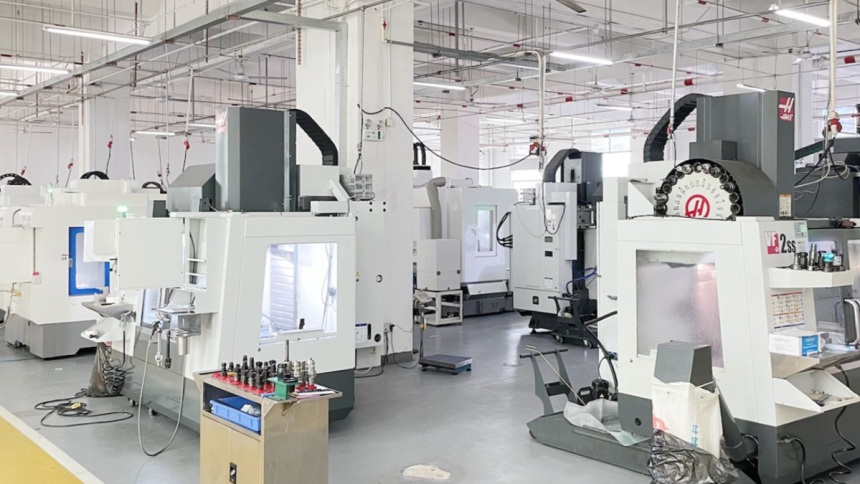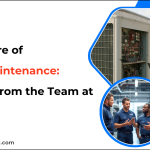The fields of aerospace, medical, and optics now turn more to complex shapes that can be completed by using 5-axis machining. Using AI in combination with 5-axis motion has improved the creation of detailed CNC metal parts. Because of hybrid processes, complex pieces with undercuts, complicated curves, and deep holes can be milled just once, so there is less chance for error in positioning and shape.
Nowadays, milling services are using AI software to improve the positioning of tools, the level of cutting forces, and manage heat distribution in real-time. Since materials such as Inconel and titanium are now used, where standards are very strict, this AI-assisted machining rapidly transforms from an option to a necessity.
When AI is mixed with 5-axis technology, the following generation of CNC metal products will survive the toughest conditions in any work environment. To understand how this transformation unfolds in practice, it is essential to examine how 5-axis machining handles the complexity of modern parts.
5-Axis Machining of Complex CNC Metal Parts
Metal parts of complex shape and large number of sides should be created using 5-axis simultaneous machining. Thanks to these constructions, the tool is movable in the X, Y and Z directions and can be rotated along the A, B axes, which offers having access to any position. This implies that ins and outs can be created in one solid action. The tolerances can be as minute as +-0.01 mm which is mainly applicable in turbine blades, bone implants, housing optical sensors amongst others.
Through the 5- axis, manufacturers recapture to reduce the number of steps which normally lead to dimensional mistakes. In the case of high-speed milling services, the milling machine takes advantage of active work offsets and coordinate motion to ensure that the spindle is well adjusted in a putatively challenging machining process. When 5-axis machining is applied in place of indexed 3+2 machining, the part will be continuously engaged so that the durations of machining will be shorter and the finishes nicer.
CNC metal parts are usually intricate, thus there is a need to have fixtures that can accommodate uneven shapes of the bases. Complex shapes on thin-walled components may be securely held using vacuum chucks, modular self-centering clamps or zero-point systems. Being furnished with the information that a simulation provides, you are able to avoid accidents in collisions and consider the structure of the machine in functioning.
Advanced milling companies also have an automated program, which generates optimal toolpath in cutting cantilevered. Simultaneous milling with 5 axes contribution significantly assists in the prevention of stress hotspots in metal parts. This helps in enhancing the confidence of parts to be utilized in fatigue-sensitive tasks like implants and those that shove things down.
Although the use of 5-axis setup makes it possible to cut intricate shapes with flawless perfection, by using it in combination with an AI, not only the movement becomes more impressive but also the intelligence of the process.
AI-Driven Toolpath Optimization
AI-assisted machining tools make use of predictive models to prevent too much heat buildup and imbalanced force while cutting. This matters a lot with CNC metal parts as thermal gradients may lead to tiny distortions or changes in the material’s phases.

With information from tools and sensors, AI-based algorithms can instantly change the speed of the spindle, the cutting of the tool, and the operation of the coolant system. In titanium components, AI could slow down tool movement near corners, but pick up the pace in areas with lots of space to make sure cycle times are not affected.
Thermal-balancing algorithms are now included by high-end milling services within their typical operations, mainly for materials in the aerospace or heat-treated categories. AI is able to study the way tools deflect and vibrate to predict that the tool is about to wear down or narrowly miss another tool. When using CNC metal parts, any tool breakage or chatter can result in the whole batch being lost, so machines must be able to adjust when making the parts. AI automatically speeds up certain motions and angles the tool to help the tool remain involved in hard places such as curved undercuts or sharp radii.
Using data from sensors and the shape of the part being milled, milling services strike a good balance between being aggressive and keeping the surface intact. They help save money on tools, lessen downtime, and ensure the same high consistency in output. As assemblies begin to use more mixed and hybrid metal materials, the need for AI’s non-linear handling will rise.
Beyond predictive optimization, AI enables a new layer of adaptability through real-time learning and corrective control, which brings us to the next evolution in milling services.
Adaptive Feedback in Custom Milling Services
Machining in the future will be based on closed-loop methods; the sensors will be part of the rotating spindle, the cutting tool, and the object holding platform. They assist to collect data like torque, motion variatio,n and origin of sounds. Feed and speed in the system remain constant according to the manner in which the material being cut is acting rather than according to the fixed code of the program. Some precision medical or electronic products will be rendered ineffective by variations of sub-microns. Whenever a tool incurred some wear or deviation, the corrective action is offered by the adaptive feedback with no intervention of a human.

Machines are corrected for thermal drift by AI-aided changes in the position encoders and servo speed curves. The amount of control can only be achieved if the CNC combines sensors and control functions well. Advanced milling services are able to respond and grow from any conditions they encounter. The use of reinforcement learning lets the software correct toolpaths gradually over the course of its actions.
Data from the company is used by shops to set the right machining parameters for the chosen metal, helping them speed up the move from prototype to actual production. Thanks to digital twins, it is possible to simulate how tools and materials affect each other before the first cut is done. With learning feedback included, the production cell adjusts itself to provide top-notch milling services with almost no waste and steady reliability.
Conclusion
The synergy between AI and 5-axis machining transforms the landscape of CNC metal parts production. Adaptive milling services optimize quality, speed, and tool longevity. Complex geometries are now reliably manufacturable at scale.
Lynn Martelli is an editor at Readability. She received her MFA in Creative Writing from Antioch University and has worked as an editor for over 10 years. Lynn has edited a wide variety of books, including fiction, non-fiction, memoirs, and more. In her free time, Lynn enjoys reading, writing, and spending time with her family and friends.















